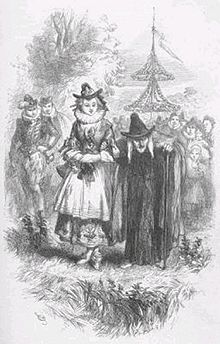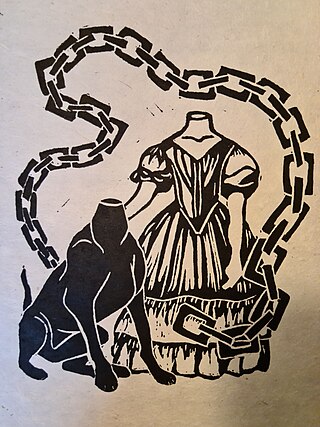
A boggart is a supernatural being from English folklore. The dialectologist Elizabeth Wright described the boggart as 'a generic name for an apparition'; folklorist Simon Young defines it as 'any ambivalent or evil solitary supernatural spirit'. Halifax folklorist Kai Roberts states that boggart ‘might have been used to refer to anything from a hilltop hobgoblin to a household faerie, from a headless apparition to a proto-typical poltergeist’. As these wide definitions suggest boggarts are to be found both within and out of doors, as a household spirit or a malevolent genius loci inhabiting fields or other topographical features.The 1867 book Lancashire Folklore by Harland and Wilkinson, makes a distinction between "House boggarts" and other types. Typical descriptions show boggarts to be malevolent. It is said that the boggart crawls into people's beds at night and puts a clammy hand on their faces. Sometimes he strips the bedsheets off them. The household boggart may follow a family wherever they flee. One Lancashire source reports the belief that a boggart should never be named: if the boggart was given a name, it could neither be reasoned with nor persuaded, but would become uncontrollable and destructive.
A hobgoblin is a household spirit, appearing in English folklore, once considered helpful, but which since the spread of Christianity has often been considered mischievous. Shakespeare identifies the character of Puck in his A Midsummer Night's Dream as a hobgoblin.
Fairies, particularly those of Irish, English, Scottish and Welsh folklore, have been classified in a variety of ways. Classifications – which most often come from scholarly analysis, and may not always accurately reflect local traditions – typically focus on behavior or physical characteristics.

Pendle Hill is in the east of Lancashire, England, near the towns of Burnley, Nelson, Colne, Brierfield, Clitheroe and Padiham. Its summit is 557 metres (1,827 ft) above mean sea level. It gives its name to the Borough of Pendle. It is an isolated hill in the Pennines, separated from the South Pennines to the east, the Bowland Fells to the northwest, and the West Pennine Moors to the south. It is included in a detached part of the Forest of Bowland Area of Outstanding Natural Beauty.

Towneley Park is owned and managed by Burnley Borough Council and is the largest and most popular park in Burnley, Lancashire, England. The main entrance to the park is within a mile of the town centre and the park extends to the south east, covering an area of some 180 hectares. At the southern end of the park is Towneley Hall, a grade I listed building housing Burnley's art gallery and museum. To the north are golf courses and playing fields and to the south 24 acres of broadleaf woodland. On the southern boundary is a working farm called Towneley Farm with pastures and plantations extending eastwards into Cliviger.

Gorton is an area of Manchester in Greater Manchester, North West England. It is to the southeast of Manchester city centre. The population at the 2011 census was 36,055. Neighbouring areas include Levenshulme and Openshaw.
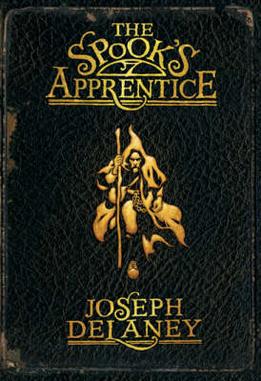
The Spook's Apprentice is a 2004 children's dark fantasy novel by Joseph Delaney. It was published by The Bodley Head and Red Fox in the United Kingdom, and Greenwillow Books in the United States. It is the first story in The Wardstone Chronicles arc of the Spook's series. The book has sold over 3 million copies and was the winner of the Sefton Book Award, Hampshire Book Award and Prix Plaisirs de Lire. It has been adapted into various mediums, including a play script, feature film titled Seventh Son, and a French graphic novel.
In English folklore, grindylow or grundylow is a creature in the counties of Yorkshire and Lancashire. The name is thought to be connected to Grendel, a name or term used in Beowulf and in many Old English charters where it is seen in connection with meres, bogs and lakes.
Katharine Mary Briggs was a British folklorist and writer, who wrote The Anatomy of Puck, the four-volume A Dictionary of British Folk-Tales in the English Language, and various other books on fairies and folklore. From 1969 to 1972, she was president of the Folklore Society, which established an award in her name to commemorate her life and work.
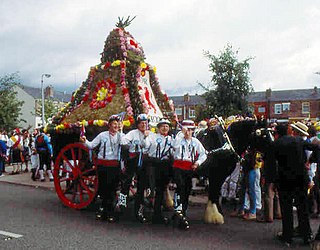
The rushcart ceremony is an English tradition where parishioners process around their parish once a year, bearing rushes. They would end up at the parish church and place the rushes on the floor of the church, to replace worn-out rushes. In modern times the ceremony is practised only in parts of northern England including Lancashire and Cumbria.

Clegg Hall is a Grade II* listed 17th-century hall in Littleborough, Greater Manchester, England. It is situated just outside Smithy Bridge.

The black dog is a supernatural, spectral, or demonic hellhound originating from English folklore that has also been seen throughout Europe and the Americas. It is usually unnaturally large with glowing red or yellow eyes, is often connected with the Devil, and is sometimes an omen of death. It is sometimes associated with electrical storms, and also with crossroads, barrows, places of execution and ancient pathways.

The Lancashire dialect refers to the Northern English vernacular speech of the English county of Lancashire. The region is notable for its tradition of poetry written in the dialect.
Jone o Grinfilt is a poem in the Oldham dialect of English. It was written by a man named Joseph Lees from the Glodwick area of the town in 1805. "Grinfilt" is a dialect pronunciation of Greenfield, a village in the neighbouring parish of Saddleworth. The main character believes that the historic county boundary between Lancashire and Yorkshire is a boundary between nations, and he prepares to set off to Oldham in the belief that this is where the French live. At the time of writing, the Napoleonic Wars were under way and Jone is eager to take part. The poem was very popular, and was widely imitated elsewhere in England.
The kobalos was a sprite from Greek mythology, a mischievous creature fond of tricking and frightening mortals. The kobaloi were companions of Dionysus and could shapeshift as Dionysus in the guise of Choroimanes-Aiolomorphos. According to one myth, they robbed Herakles while he slept. He captured them in revenge but took pity on them when he found them amusing. In one version of the myth, Herakles gave them to the Lydian queen Omphale as a gift. The kobaloi were thought to live in Euboea or near Thermopylae. Parents used tales of the kobaloi to frighten children into behaving.
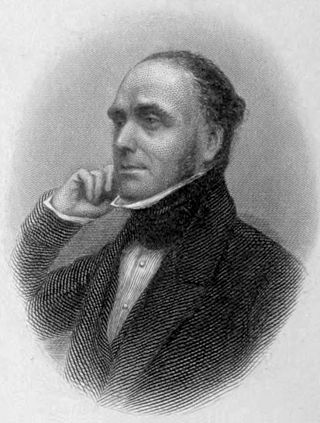
John Roby was an English banker, poet, and writer.

A brownie or broonie (Scots), also known as a brùnaidh or gruagach, is a household spirit or Hobgoblin from Scottish folklore that is said to come out at night while the owners of the house are asleep and perform various chores and farming tasks. The human owners of the house must leave a bowl of milk or cream or some other offering for the brownie, usually by the hearth. Brownies are described as easily offended and will leave their homes forever if they feel they have been insulted or in any way taken advantage of. Brownies are characteristically mischievous and are often said to punish or pull pranks on lazy servants. If angered, they are sometimes said to turn malicious, like boggarts.
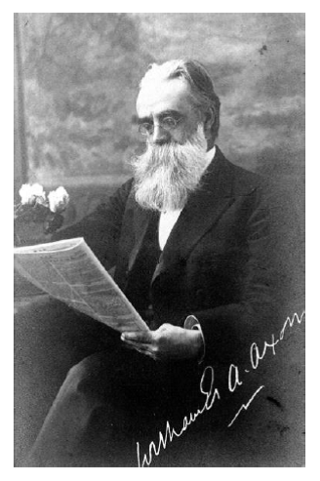
William Edward Armytage Axon was an English librarian, antiquary and journalist for the Manchester Guardian. He contributed to the Dictionary of National Biography under his initials W. E. A. A. He was also a notable vegetarianism activist.

Rushbearing is an old English ecclesiastical festival in which rushes are collected and carried to be strewn on the floor of the parish church. The tradition dates back to the time when most buildings had earthen floors and rushes were used as a form of renewable floor covering for cleanliness and insulation. The festival was widespread in Britain from the Middle Ages and well established by the time of Shakespeare, but had fallen into decline by the beginning of the 19th century, as church floors were flagged with stone. The custom was revived later in the 19th century and is kept alive today as an annual event in a number of towns and villages in the north of England.
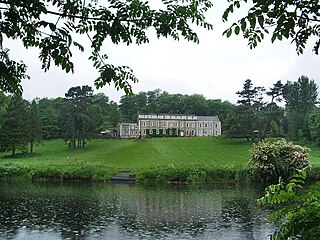
Waddow Hall is a 17th-century Grade II listed building within a 178-acre (72 ha) estate that serves as a conference and activity centre for Girlguiding UK near Clitheroe, Lancashire. Waddow Hall has been managed by Girlguiding since 1927.

